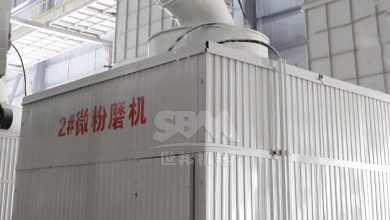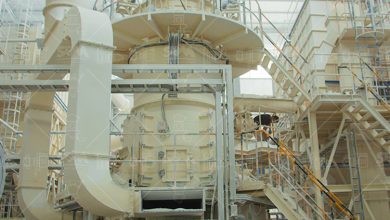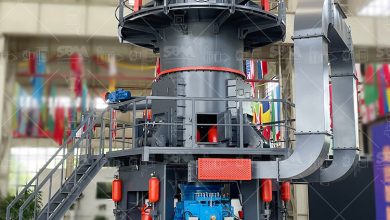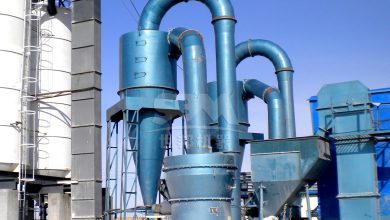How to Install and Debug Coal Powder Grinding Mill Equipment: A Step-by-Step Guide
Introduction
Coal powder grinding mills are essential equipment in power plants, cement factories, and other industries requiring fine coal powder. Proper installation and debugging ensure optimal performance, energy efficiency, and longevity. This guide provides a comprehensive walkthrough for installing and debugging coal grinding mill equipment, with technical insights and recommended solutions.
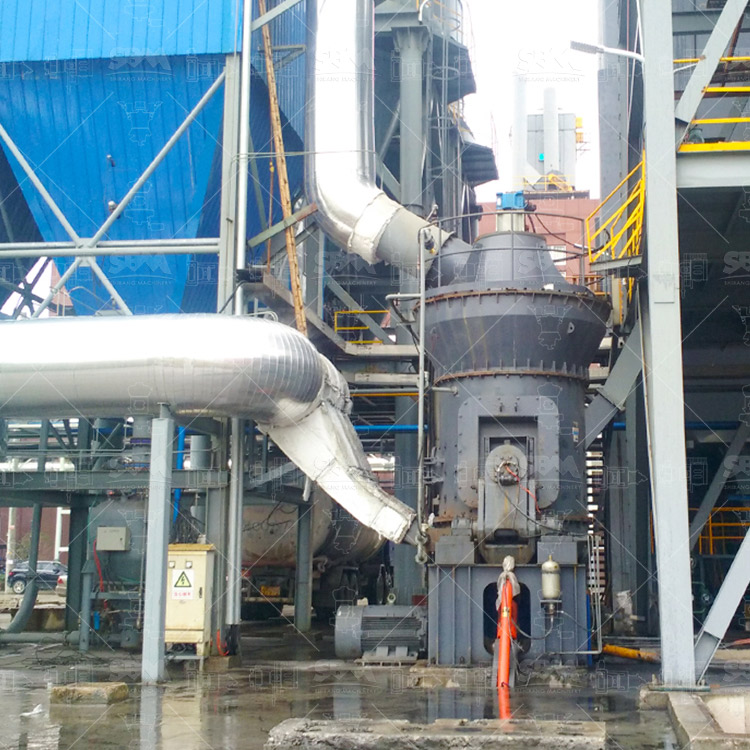
Pre-Installation Preparation
1. Site Assessment
- Ensure the foundation meets load-bearing requirements (typically 3-5x equipment weight)
- Verify power supply compatibility with mill motor specifications
- Plan for dust collection system placement (minimum 5m clearance for maintenance)
2. Equipment Inspection
- Check for transport damage, especially to grinding rollers and classifier components
- Confirm all fasteners are present (bolts typically require 30% extra torque during first tightening)
- Validate lubrication system integrity
Installation Procedure
1. Foundation Installation
- Pour reinforced concrete foundation (C30 grade minimum)
- Embed anchor bolts with 0.1mm/m precision alignment
- Allow 28-day curing before equipment mounting
2. Main Frame Assembly
- Position base frame with laser alignment (tolerance ≤0.2mm/m)
- Install grinding chamber with verticality check (≤1mm deviation)
- Mount drive system with coupling alignment (angular ≤0.05mm, parallel ≤0.1mm)
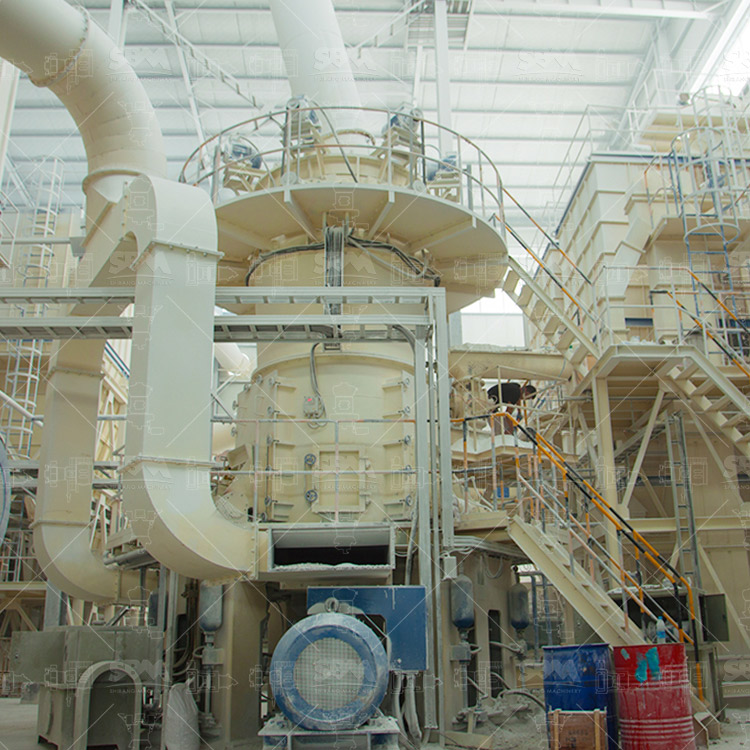
3. Auxiliary Systems Integration
- Connect dust collection system with airtight seals (pressure test at 5000Pa)
- Install feed system with vibration dampeners (amplitude ≤0.5mm)
- Wire control system with proper grounding (resistance ≤4Ω)
Recommended Equipment: SCM Ultrafine Mill
For operations requiring high-precision coal powder (D97≤5μm), our SCM Ultrafine Mill delivers exceptional performance:
- Output Fineness: 325-2500 mesh (5-45μm)
- Capacity: 0.5-25 ton/h across 5 models
- Energy Saving: 30% lower power consumption vs conventional mills
- Key Feature: Vertical turbine classifier ensures precise particle size distribution
Debugging Process
1. Mechanical Run Test (Empty Load)
- Run motor separately (2 hours minimum)
- Test grinding system at 30% rated speed (check bearing temperature ≤75°C)
- Verify classifier operation across full RPM range
2. Material Test Run
- Begin with 20% design capacity (monitor current fluctuations ≤10%)
- Gradually increase feed rate while checking:
- Motor load (should stabilize at 85-95% rated current)
- Product fineness (sample every 15 minutes)
- System pressure drop (typical range 500-800Pa)
- Optimize classifier speed for target particle size
3. Performance Verification
| Parameter | Acceptance Criteria |
|---|---|
| Vibration | ≤2.8mm/s RMS at bearing housings |
| Noise | ≤85dB at 1m distance |
| Energy Consumption | ≤90% of rated power at full load |
| Product Consistency | ±5% of target particle size distribution |
Alternative Solution: MTW Trapezium Mill
For larger capacity requirements (3-45 ton/h), our MTW Series Trapezium Mill offers:
- Input Size: Up to 50mm raw coal
- Special Feature: Curved air duct reduces energy loss by 15%
- Maintenance Advantage: Modular grinding roller assembly enables quick replacement
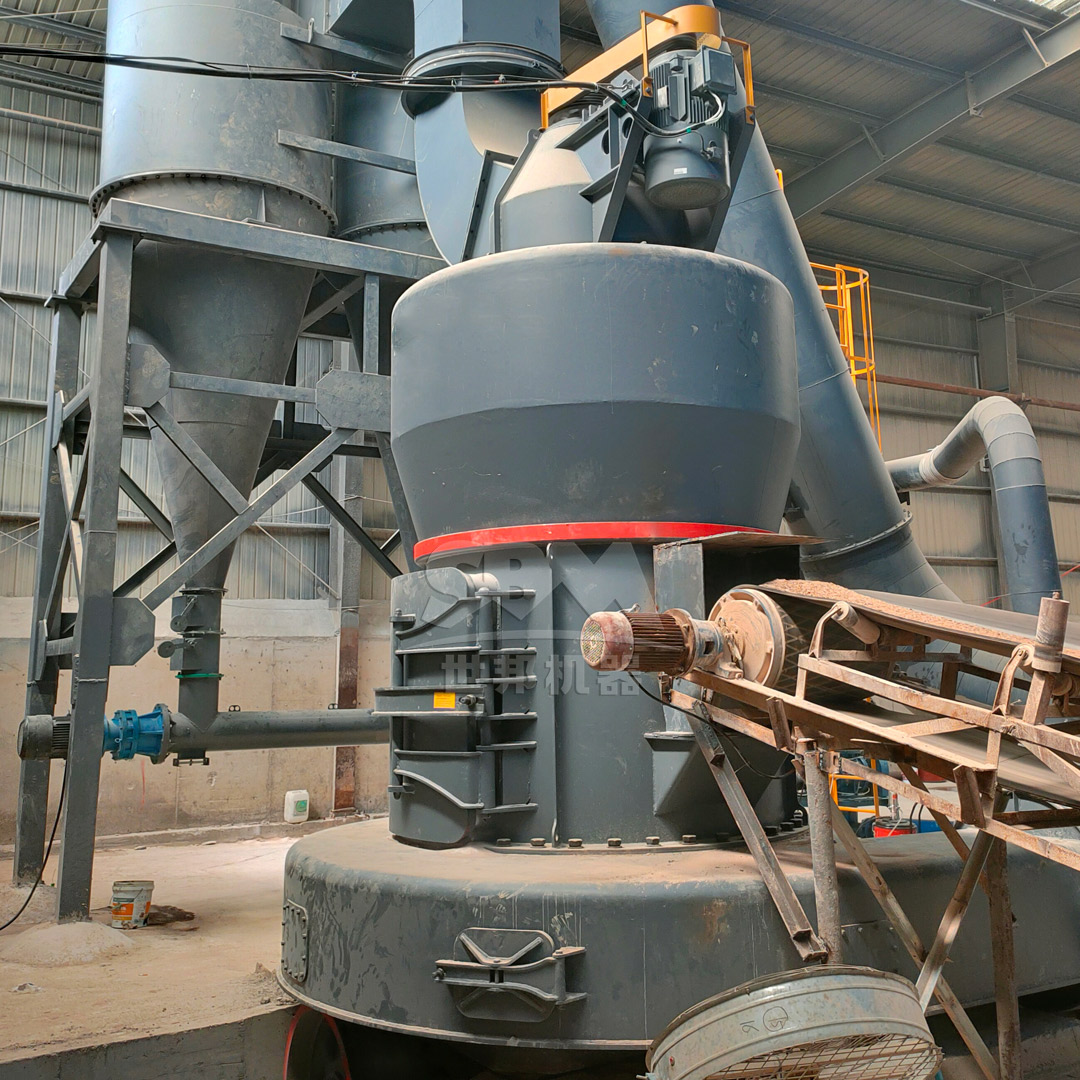
Troubleshooting Guide
Common Issues and Solutions
| Symptom | Possible Cause | Solution |
|---|---|---|
| Excessive Vibration | Unbalanced grinding roller Loose foundation bolts |
Rebalance rollers Retorque all fasteners |
| Low Output Fineness | Classifier speed too low Worn grinding elements |
Adjust classifier RPM Replace rollers/liners |
| High Energy Consumption | Overfeeding Improper air flow |
Optimize feed rate Check fan/damper settings |
Maintenance Protocol
Daily Checks
- Lubrication system oil level
- Bearing temperatures (infrared gun measurement)
- Vibration trends (record baseline values)
Monthly Maintenance
- Inspect grinding elements wear (typical life 3000-5000 hours)
- Clean pulse jet filters (pressure drop ≤1500Pa)
- Check classifier blade clearance (maintain 5-8mm gap)
Conclusion
Proper installation and systematic debugging are critical for achieving optimal coal grinding mill performance. Following this guide ensures safe commissioning and long-term reliability. For operations requiring ultra-fine coal powder, our SCM Ultrafine Mill provides unmatched efficiency, while the MTW Trapezium Mill delivers robust performance for high-capacity applications. Both solutions incorporate advanced technologies to maximize productivity while minimizing energy consumption.


